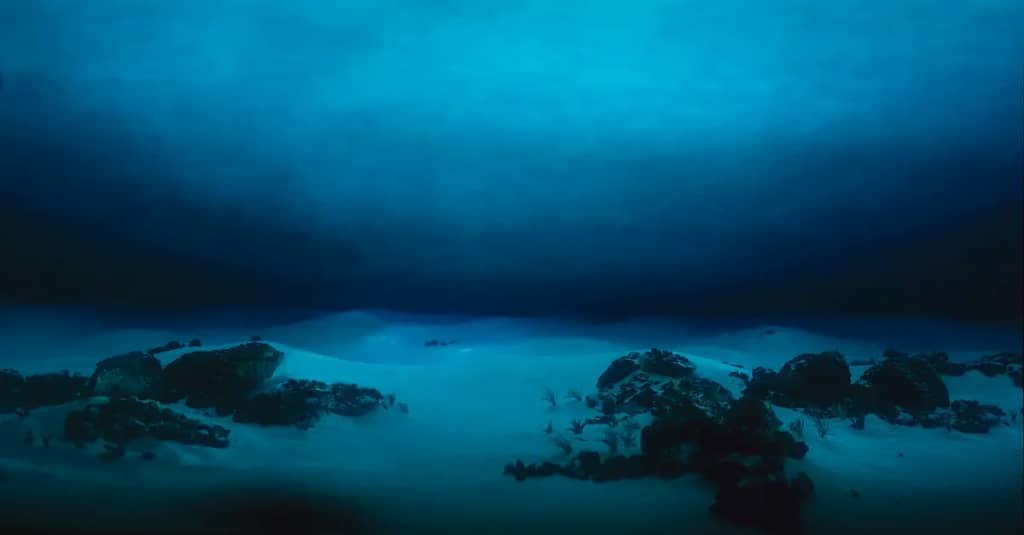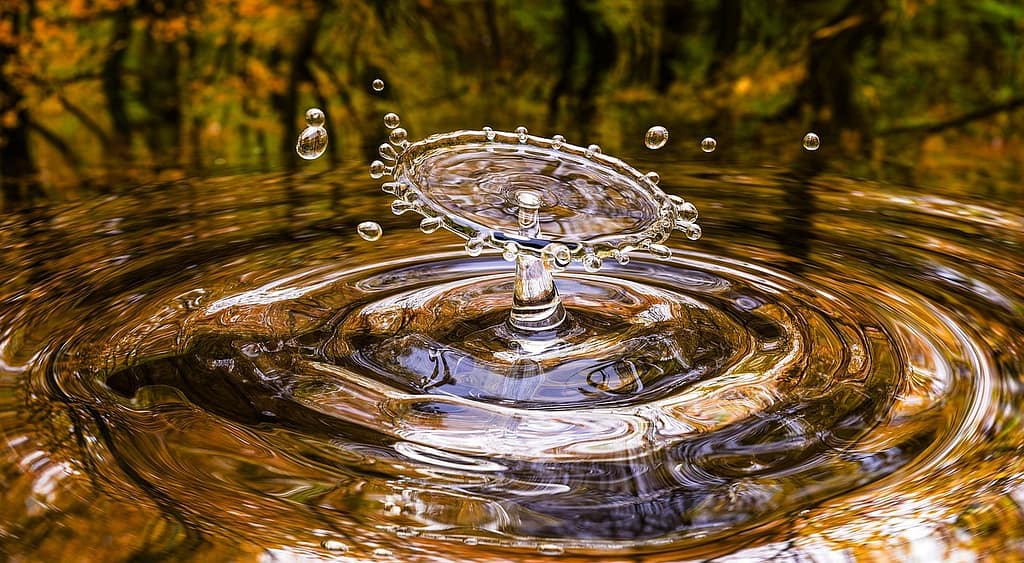An interesting geological process that is vital to the formation of the Earth’s surface is seafloor spreading. We can learn more about the dynamic nature of our planet, including the movement of tectonic plates and the creation of new oceanic crust, by understanding seafloor spreading. The definition, importance, and process of seafloor spreading will all be covered in this article, providing insight into one of the planet’s most fascinating phenomena.
What is Seafloor Spreading?
Definition
The formation of new oceanic crust at the middle of the ocean ridges and its slow movement away from the ridge results in seafloor spreading, which causes the seafloor to expand. The idea of plate tectonics is based on the seafloor’s ongoing creation and outward movement.
Historical Background
The mid-1900s saw the rise of the concept of seafloor spreading, which greatly advanced our knowledge of Earth’s geological processes. This theory was developed with the help of significant figures like Robert S. Dietz and Harry Hess. Seafloor spreading was first proposed in the early 1960s by Hess, a geologist and Navy officer. According to his theory, the mid-ocean ridges—where molten rock from beneath the Earth’s crust rises to the surface, cools, and forms new crust—are the source of the ocean floors’ expansion.
Scientific Basis
The greater framework of plate tectonics serves as the foundation for the theory of seafloor spreading. This theory states that the lithosphere, or outer layer of the Earth, is made up of a number of large and small plates that float on top of the semi-fluid asthenosphere. These tectonic plate boundaries are where the magma rises and solidifies into new crust, creating the mid-ocean ridges. A number of indicators point to this ongoing cycle of creation and movement, such as the symmetrical magnetic stripe patterns on both sides of the mid-ocean ridges and the age of the oceanic crust, which ages more rapidly as one moves away from the ridge.
Sea Stacks and Their Impact on Marine Ecosystems
Significance of Seafloor Spreading
Geological Importance
Seafloor spreading is crucial for understanding the dynamics of plate tectonics and continental drift. It provides a mechanism for the movement of continents over geological time scales. This process helps explain why continents are positioned where they are today and how they have moved throughout Earth’s history.
Environmental Impact
The movement of tectonic plates and the formation of new oceanic crust influence oceanic and atmospheric circulation patterns. For example, the formation of mid-ocean ridges can affect ocean currents, which in turn impact climate and weather patterns. Additionally, it contributes to the creation of hydrothermal vents, which are home to unique and diverse marine ecosystems. These vents release nutrients and minerals into the ocean, supporting a variety of life forms that thrive in extreme conditions.
Economic Implications
Significant economic effects are the result of seafloor spreading, especially when it comes to the exploration of natural resources. Mineral deposits, including precious metals like copper, zinc, and gold, can arise as a result of the spreading seafloor. Furthermore, the accumulation of hydrocarbons like oil and natural gas can be facilitated by the geological activity connected to mid-ocean ridges. The exploration and extraction of these resources from the deep ocean may become more feasible as technology develops, possibly opening up new sources of energy and materials.

Process of Seafloor Spreading
Mechanics of the Process
Tectonic plate movement and the development of mid-ocean ridges are two factors in the mechanics of seafloor spreading. Molten rock from the mantle rises to the surface at these ridges through fissures in the crust of the Earth. The magma creates new oceanic crust as it cools and solidifies. The forces of plate tectonics cause this new crust to gradually drift away from the ridge.
Stages of Seafloor Spreading
- Initial Rifting: The process begins with the initial rifting or splitting of the lithosphere. This occurs when tectonic forces pull apart a section of the Earth’s crust, creating a rift valley.
- Formation of New Crust: As the rift widens, magma from the mantle rises to fill the gap, creating new oceanic crust. This occurs at mid-ocean ridges, where the magma cools and solidifies into basalt, the primary rock type of the ocean floor.
- Lateral Movement and Widening of Ocean Basins: The newly formed crust gradually moves away from the mid-ocean ridge, pushed by the continuous creation of new crust behind it. This lateral movement causes the ocean basin to widen over time.
Associated Geological Features
Several geological features are associated with seafloor spreading, including mid-ocean ridges, rift valleys, and hydrothermal vents.
- Mid-Ocean Ridges: These underwater mountain ranges are the sites of seafloor spreading. They are characterized by a central rift valley and a series of parallel ridges formed by the continuous creation of new crust.
- Rift Valleys: Rift valleys are deep depressions that form along the crest of mid-ocean ridges. They are the initial sites of seafloor spreading, where the lithosphere is pulled apart, and magma rises to create new crust.
- Hydrothermal Vents: Hydrothermal vents are formed when seawater penetrates the oceanic crust, gets heated by underlying magma, and then rises back to the seafloor, carrying dissolved minerals. These vents create unique ecosystems that support diverse life forms.
Summary
One of the primary processes in the formation and movement of oceanic crust on Earth is seafloor spreading. It offers vital insights into the dynamics of our planet and is essential to the theory of plate tectonics. The process affects the distribution of natural resources as well as oceanic and atmospheric circulation and geological formations. Knowing about seafloor spreading provides important information for future resource management and exploration, in addition to aiding in our understanding of Earth’s past.
References
- “The Dynamic Earth: An Introduction to Physical Geology” by Brian J. Skinner and Stephen C. Porter
- “Plate Tectonics: An Insider’s History of the Modern Theory of the Earth” edited by Naomi Oreskes
- National Oceanic and Atmospheric Administration (NOAA) – Seafloor Spreading
- United States Geological Survey (USGS) – Understanding Plate Motions






Pingback: What are Zooplankton - Techy Tempest